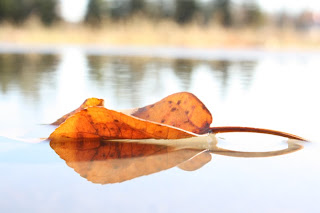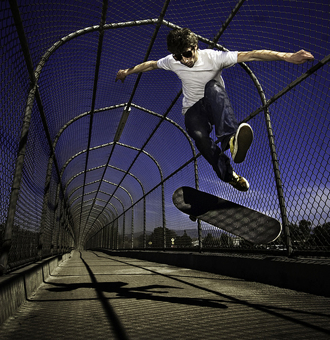Here are some tips that can help you capture that perfect shot!
Fashion photography should convey an essence of authority, so your direction of the model(s) needs to be confident and self-assured.Prepare the location, props and clothes ahead of time and for a truly effective shoot be sure to communicate your agenda, objective and posing directions coherently and calmly.
Fashion photography is all about clothes and beauty, so pull all the elements of the scene and the model together to reflect this. For example if the shoot focuses on the clothes– use make-up and hair styling to compliment the garment – and vice versa.
Posing can be a tricky point to master but browse through the latest men’s and women’s magazines to target a few inspired suggestions as well as getting a grip on what is currently fashionable. Using ‘broken down’ poses or poses that require angular body shapes can add interest and edginess to the piece – as well as help to elongate body length.
A studio is an ideal place to perform a fashion shoot because photographers can easily control lighting and stabilize conditions. If you are shooting in a studio environment remember to meter all areas of the scene to avoid unwanted shadows and the use of a separate light meter rather than the one in your camera, will offer a more accurate reading.
Location, location, location! Getting the right location is important if you want to convey a narrative within your shot. For example if the clothing and beauty styling are edgy, hard or provocative you may want to consider an urban setting , alternatively for spring/summer and natural fashions find a rural environment like; a field, meadow, beach, woodland or river bank.
Influence the image by moving around the scene and exploring which angles work best to full expose the garment. This could mean climbing a ladder, crouching low, working a slanted angle or moving closer to the subject. Think about what the message is here and create a composition to reinforce it.
-Miss Em
























